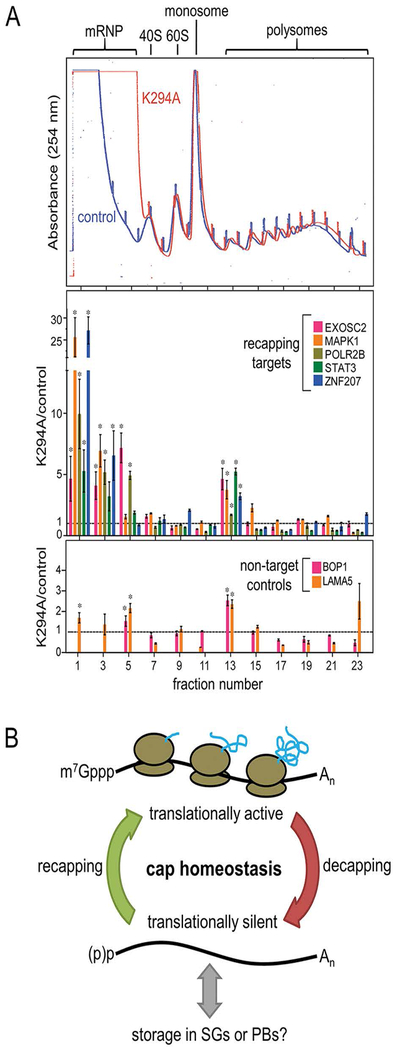Figure 2. Translational control by cap homeostasis.

A. Polysome profiling shows inhibition of recapping by overexpression of a catalytically inactive, cytoplasmically restricted form of RNGTT (K294A) increases transcript accumulation in non-translating messenger ribonucleoprotein complexes (mRNPs, top panel). In the middle and lower panels individual fractions were assayed by RT-qPCR for recapping target and non-target mRNAs. Inhibition of cytoplasmic capping results in the redistribution of target mRNAs into non-translating mRNPs whereas non-target controls remain essentially unchanged. This figure is adapted from Figure 5 in (Mukherjee et al., 2012) and is reproduced here in accordance with Creative Commons License CC-BY. B. Model of cap homeostasis. Because the majority of translation initiation is cap-dependent, the translatability of an mRNA can be regulated by cycles of decapping and recapping. Such cap homeostasis is independent of changes in poly(A) tail length. Translationally silent mRNAs can be stored in stress granules (SGs) and P-bodies (PBs), though it remains to be elucidated how cap homeostasis intersects with RNA granule formation.
